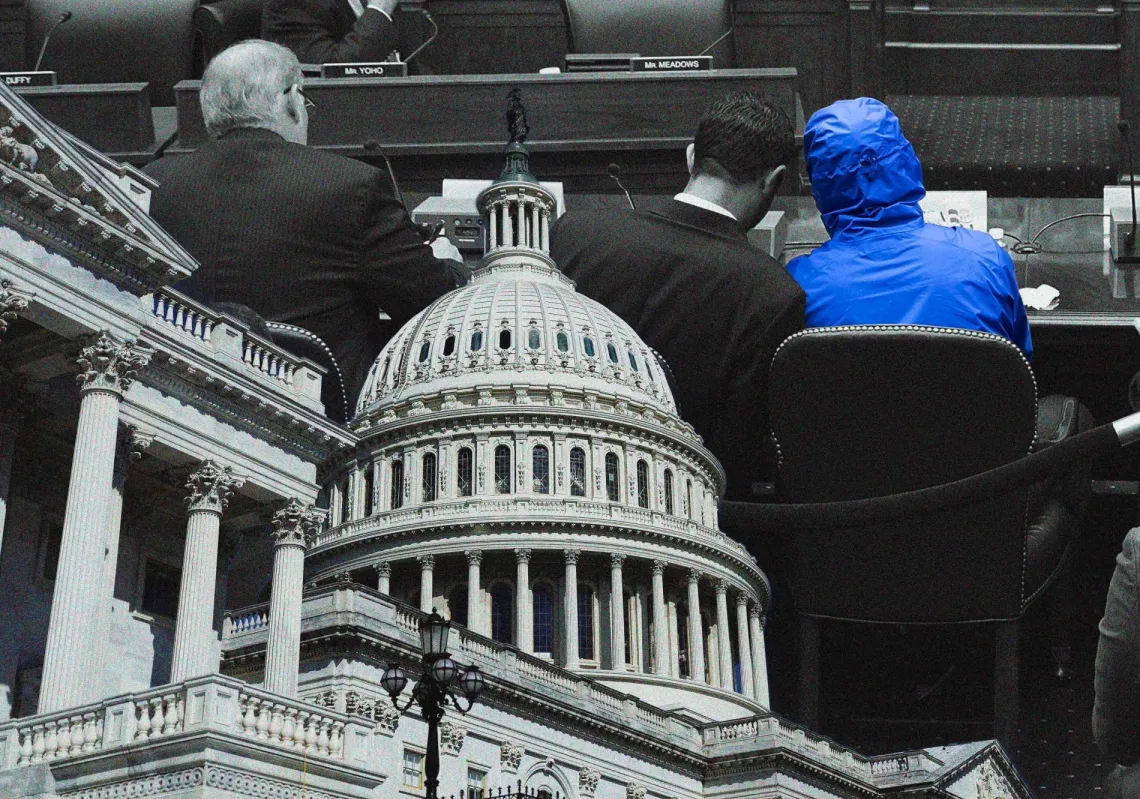Jerome Powell’s tenure as chairman of the Federal Reserve has been admirably sure-footed. But on 31 July, he may have stumbled when he announced that interest rates would remain at 5.25-5.5%. This was soon followed by unexpectedly weak employment data. Markets around the world then plunged as investors worried that the Fed had fallen behind the curve.
Bank of England (BoE) policymakers were, meanwhile, sitting as comfortably as could be expected given the circumstances. On 1 August, they voted to cut rates from 5.25% to 5%. What at first glance may appear a straightforward story of better judgment, in fact, reveals deeper truths about how monetary policy is set.
The BoE’s decision was made by the barest of margins. Five doveish members outvoted four more hawkish colleagues who wanted to hold firm. The Fed, which puts far more value on consensus, would be unlikely to see such a split. In many other countries, it would be impossible: monetary policymakers debate behind closed doors and then present a united front in public.
Economists now broadly agree on how a central bank ought to operate. It should be independent rather than following the whims of politicians. It should focus on controlling inflation over the medium term. And it should be staffed by judicious technocrats who have been appointed on merit. Yet one question remains unanswered. How, exactly, should central banks set monetary policy? This is not about whether a hawkish or doveish approach is superior but about the mechanics of decision-making—a matter on which there remains remarkably wide variation.
Until 2019, the Reserve Bank of New Zealand, normally a leader when it comes to monetary policy innovation, took an extreme approach. Its governor simply set rates by himself. New Zealand’s move to a committee system was wise since such a structure mitigates the risk that the person in office might not be up to the job.










